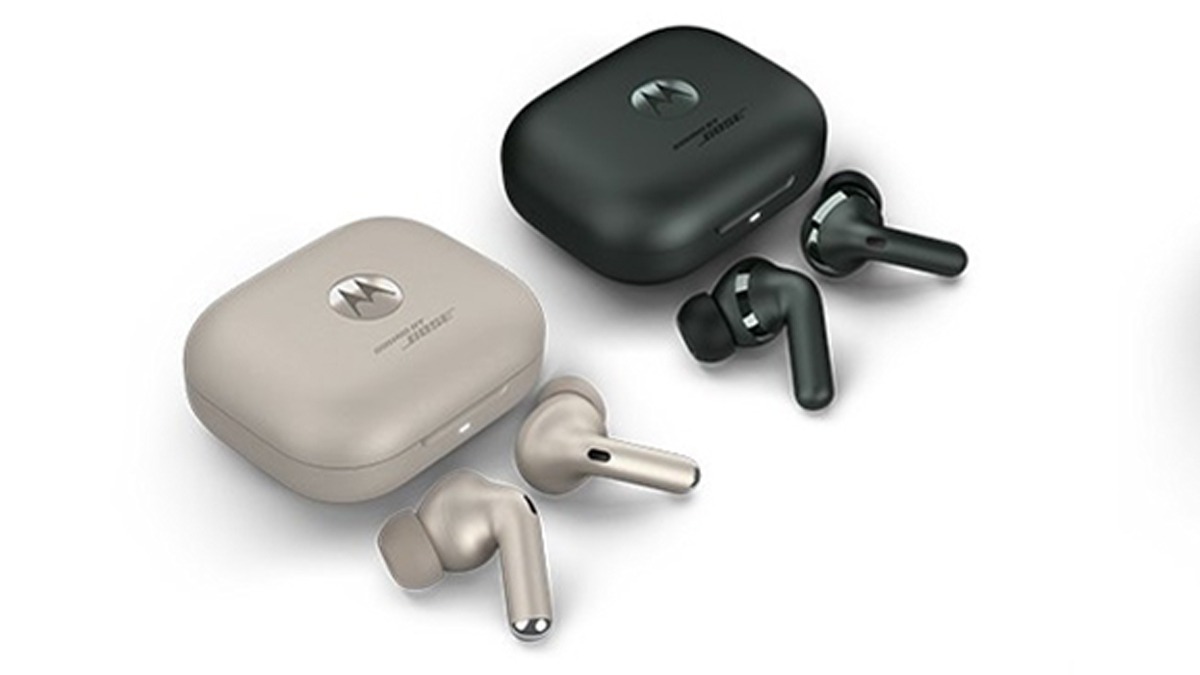Just In
- 7 hrs ago

- 9 hrs ago

- 10 hrs ago

- 10 hrs ago

Don't Miss
- Movies
 Chief Detective 1958 Episode 2 OTT Release Date, Time, Platform: When & Where To Watch? What To Expect? DEETS
Chief Detective 1958 Episode 2 OTT Release Date, Time, Platform: When & Where To Watch? What To Expect? DEETS - Lifestyle
 Golden Rules To Follow For Happy Marriage For A Long Lasting Relationship
Golden Rules To Follow For Happy Marriage For A Long Lasting Relationship - Sports
 IPL 2024: LSG vs CSK Award Winners, Man of The Match, Post-Match Presentation, Scorecard & Records
IPL 2024: LSG vs CSK Award Winners, Man of The Match, Post-Match Presentation, Scorecard & Records - News
 Chinese President Xi Jinping Orders Biggest Military Reorganisation Since 2015
Chinese President Xi Jinping Orders Biggest Military Reorganisation Since 2015 - Education
 Exam Pressure Does Not Exist; Studying Punctually is Crucial; Says Aditi, the PSEB 2024 Topper
Exam Pressure Does Not Exist; Studying Punctually is Crucial; Says Aditi, the PSEB 2024 Topper - Finance
 Reliance, ONGC, Tata, Adanis: Energy Stocks Didn't Get The Memo Of Bears, Up 12% In 30-Days; 10 Stocks To BUY
Reliance, ONGC, Tata, Adanis: Energy Stocks Didn't Get The Memo Of Bears, Up 12% In 30-Days; 10 Stocks To BUY - Automobiles
 Suzuki Swift Hatchback Scores 4 Star Safety Rating At JNCAP – ADAS, New Engine & More
Suzuki Swift Hatchback Scores 4 Star Safety Rating At JNCAP – ADAS, New Engine & More - Travel
 Journey From Delhi To Ooty: Top Transport Options And Attractions
Journey From Delhi To Ooty: Top Transport Options And Attractions
Japanese Kicks Off Hayabusa 2 To Collect Asteroid Samples
Tokyo, Dec 3 (IANS) Japan launched its second-generation asteroid explorer Hayabusa 2 Wednesday, kicking off the country's second mission to collect asteroid samples.
Mitsubishi Heavy Industries Ltd. and the Japan Aerospace Exploration Agency (JAXA) announced the launch of Hayabusa 2, which separated from the rocket at 3.09 p.m. as scheduled, and entered the orbit successfully, according to Xinhua.

The Hayabusa 2 aboard the H-2A Launch Vehicle No.26 (H-2A F26) blasted off at 1.22 p.m. Wednesday from Tanegashima Space Centre in Japan's southwestern Kagoshima prefecture.
An H-2A rocket has never attempted such a lengthy coast period during any of the booster's 25 previous flights.
Recommended: Top 15 Smartphones launched in India (November 2014)
The space explorer was supposed to be launched Nov 30, but was delayed twice due to adverse weather conditions.
The 600 kg Hayabusa 2 will explore one of the C-type asteroids called 1999 JU3 in space, retrieve materials and bring them to Earth, said JAXA in a statement.
First observed in 1999, the nearly spherical asteroid 1999 JU3 is about 900 metres in diameter. The rock of C-type asteroids is considered to contain organic matter and water. Scientists expect the mission to shed light on the origins of the solar system and life on Earth.
"Hayabusa 2 (will) explore the mystery of the origin of sea water and life on the Earth, in addition to the mystery of Earth's formation," said JAXA.
After nearing the target asteroid, Hayabusa 2 will make observations through a variety of remote-sensing instruments, a small lander and a rover, which will be released from the probe, and will land on the asteroid, before observations on the surface of the asteroid in detail.
Hayabusa 2 will then touch down and collect samples from the asteroid's surface. Furthermore, with an impactor which is newly developed, it will create an artificial crater and will collect samples from the crater, "which means that we can obtain the sub-surface material of (the) asteroid", said JAXA.
Recommended: Top 10 Best Smartphones To Buy In India This December
The probe will initially park itself 20 km from the asteroid for a comprehensive survey with a set of spectrometers, cameras and other sensors to map the tiny world.
Then, scientists will start to look for suitable sites on the asteroid to put down four diminutive landing drones and scoop up samples before returning to Earth.
The total flying distance of the probe during the six-year journey is estimated to be 5.2 billion km.
Its predecessor Hayabusa (MUSES-C), launched in 2003, returned to Earth after a seven-year mission, during which it landed on an asteroid and collected sample material.
While establishing a new navigation method using ion engines, Hayabusa brought back samples from the asteroid "Itokawa" to help explain the origin of the solar system.
"Hayabusa 2 will target a C-type asteroid 1999 JU3 to study the origin and evolution of the solar system as well as materials for life by leveraging the experience acquired from the Hayabusa mission," said JAXA.
"While Hayabusa (project) has recorded a number of world's first achievements, Hayabusa 2 is aimed at enhancing the reliability of asteroid exploration technologies," it said.
At the same time, Hayabusa 2 will attempt to obtain new technologies such as creation of artificial craters and high-speed communications in deep space, it said.
"It should arrive at the C-type asteroid in mid-2018, staying there for one-and-a-half years before leaving the asteroid at the end of 2019 and returning to Earth around the end of 2020," said the Japanese space agency.
-
99,999
-
1,29,999
-
69,999
-
41,999
-
64,999
-
99,999
-
29,999
-
63,999
-
39,999
-
1,56,900
-
79,900
-
1,39,900
-
1,29,900
-
65,900
-
1,56,900
-
1,30,990
-
76,990
-
16,499
-
30,700
-
12,999
-
62,425
-
1,15,909
-
93,635
-
75,804
-
9,999
-
11,999
-
3,999
-
2,500
-
3,599
-
8,893












































